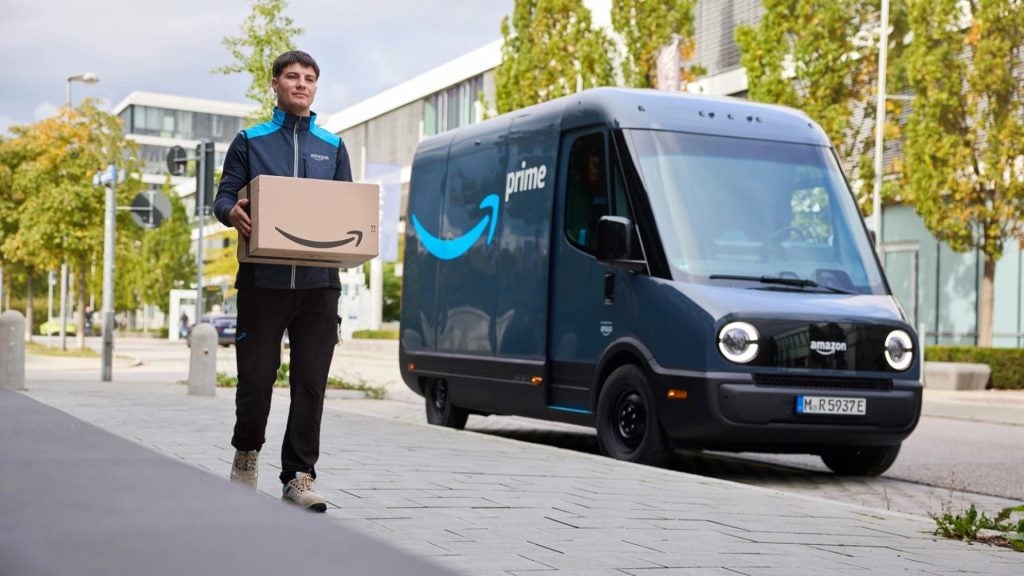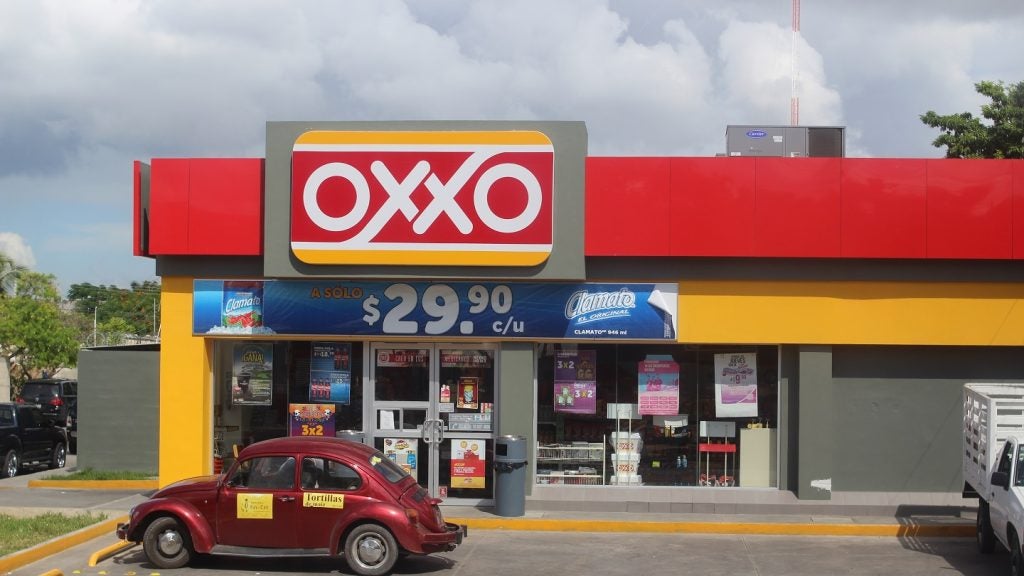Amazon is making strides in Europe to ensure safe deliveries, reduce its environmental footprint, and maintain its industry-leading delivery speeds.
Safety first
Partnering with its Delivery Service Partners (DSPs), Amazon is implementing technology to improve driver safety.
The company said in-vehicle camera systems deployed in the UK resulted in a 27% reduction in collisions for DSPs using the technology compared to the previous year.
These cameras also detected a significant decrease in unsafe driving behaviours such as speeding and following too closely.
Additionally, a new AI-based automated vehicle inspection system simplifies fleet maintenance for DSPs by automatically scanning vans for issues as they return to delivery stations.
Going green
Amazon said it is committed to its Climate Pledge goal of net-zero carbon emissions by 2040.
The company is investing heavily in electric vehicles (EVs), with a €1bn ($1.06bn) investment announced in 2022 to electrify its European transportation network. This initiative aims to have more than 10,000 EVs on the road by 2025.
Amazon is also promoting alternative delivery methods such as e-cargo bikes and foot deliveries, particularly successful in Paris, France, where 66% of Amazon orders are now delivered with zero emissions.
Optimising delivery speeds
While prioritising safety and sustainability, Amazon continues to deliver industry-leading speeds.
Globally, Amazon Prime members received more than seven billion packages - including over two billion in Europe - in one or two days in 2023.
AI-powered routing and mapping technology further optimises delivery times by factoring in local weather patterns and highlighting delivery locations for drivers.
Additionally, the company's delivery app alerts drivers of pets at customer addresses to enhance safety.
By strategically placing delivery stations and lockers near customer hubs, Amazon leverages its vast network to ensure efficient deliveries while reducing travel distances and emissions.
In Europe, the company has reengineered its operations, resulting in a 25km reduction in the average distance each package travels within its network in 2023 compared to the prior year.
This not only improves delivery speed but also reduces costs and carbon footprint.















